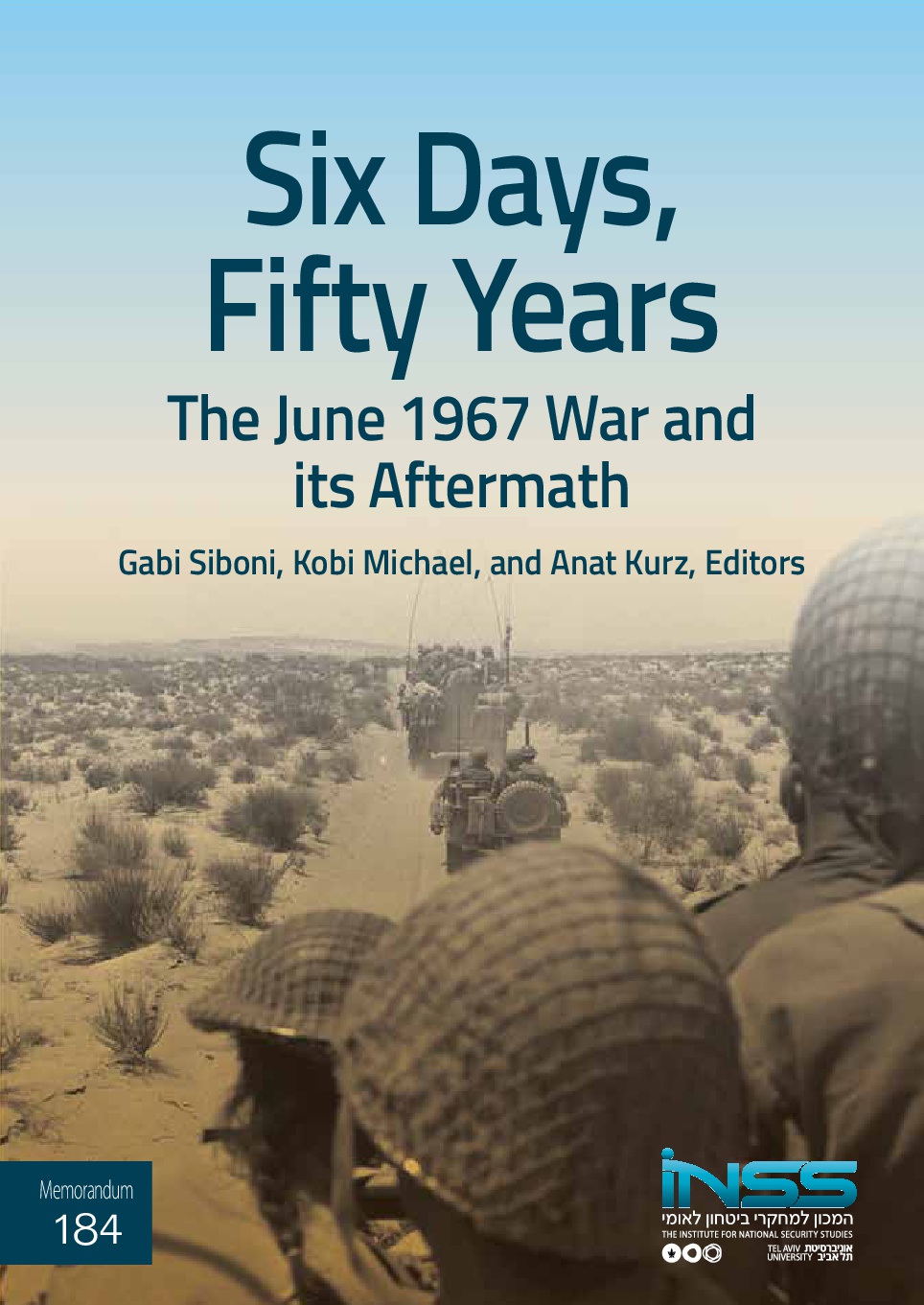Publications
Tel Aviv: The Institute for National Security Studies, 2018

The Six Day War was a formative event in the history of the State of Israel. From the perspective of fifty years, it is clear that many of the lessons to emerge from the war are multi-faceted, and many are fraught with tensions and complexities that deserve close analysis. This essay focuses on the effects of the war and its outcomes on Israel’s geostrategic position in the Middle East, its status with respect to the superpowers, and its national security policies. While there are issues that are as valid today as they were in 1967, there are others that, somewhat ironically, have virtually “changed direction” or become irrelevant; some issues must be examined today from a perspective different than that of fifty years ago. The events of that fateful week in June 1967 appeared akin to a biblical miracle. Large segments of the public believed that these were the six days of creation of the new State of Israel, and that the seventh day would bring the longed-for peace. But the seventh day never arrived, and a few weeks after the spectacular victory, the long and difficult War of Attrition began, which would cost more lives than the Six Day War itself. Six years later, in 1973, the Yom Kippur War broke out. The contrast between the two wars— between the preemptive strike of the Six Day War, which was preceded by the sense of an existential threat and encompassing anxiety on the one hand, and the baseless over-confidence six years later, which resulted from the strategic depth that Israel acquired in the Six Day War and the devout, unquestioning belief in IDF superiority on the other—is a main component of any historical and strategic analysis of Israel’s national security.
With the hindsight of five decades, it seems appropriate to relate to the period between 1967 and 1973 as a kind of “seven years’ war.” From a historical perspective, this war removed the external existential threat to Israel from the Arab countries and even generated a process that eventually led to peace between Israel and two of its neighbors: Egypt, the largest Arab country and at the time leader of the Arab world; and Jordan, the neighboring country with the longest border with Israel. Since then, Syria too has come to no longer represent an existential threat, a result of the civil war raging in the country. Thus, three Arab countries whose armies confronted Israel in 1967 are no longer a military and strategic threat. Against this background, one can analyze the strategic changes that have occurred in Israel’s environment on a number of levels: the security-military dimension; the regional balance of forces; Israel’s international status; and the opportunities that have replaced the existential threat facing Israel in 1967.


